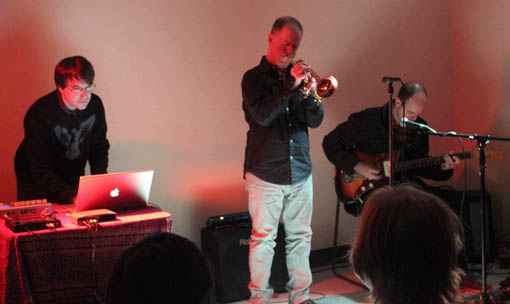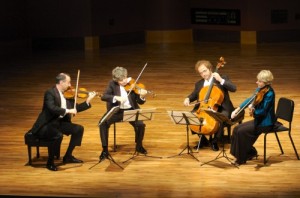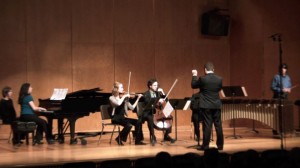 The latest vendor to wade into the online sales arena is Sony’s Ariama. The site’s “public beta” version was recently unveiled. That means that the store is up and running, although they’re still tweaking things and making additions.
The latest vendor to wade into the online sales arena is Sony’s Ariama. The site’s “public beta” version was recently unveiled. That means that the store is up and running, although they’re still tweaking things and making additions.
More than fifty major and indie classical labels have already signed up to sell their catalogs on Ariama. There are several purchasing options available, including MP3, lossless digital (at a higher price), CDs, and SACDs. This past week, I went on to the site to “kick the tires,” making a few purchases and checking on its search engine and offerings. A few observations:
The interface is attractive and updated regularly. Andriessen’s Grawemeyer win is currently featured on the splash page.
Reviews and artist data are provided by one of my favorite database sites: Allmusic.
Searches ran easily and quickly. You can search through a variety of categories: Conductors, Performers, Orchestras, Periods, etc. A label search, like you find on Naxos, might be a nice addition.
There is also a consumer-friendly “Recommendations” section. It includes listings for the BBC Music Magazine Awards, Gramophone’s Basic Library, and even “Classical for Kids.” I was impressed with the way that Ariama incorporated features like this, which will help the classical neophyte to get started building a collection, with lots of other detailed information.
 Downloading MP3s went smoothly: the Ariama tool is similar to the downloader one uses on Amazon or eMusic. It’s very straightforward to set up and use.
Downloading MP3s went smoothly: the Ariama tool is similar to the downloader one uses on Amazon or eMusic. It’s very straightforward to set up and use.
As an aside, I’m not quite sure why labels insist on charging a higher price for lossless. When the industry is still struggling to convert classical music buffs and audiophiles to the digital domain, it seems like a pennywise pound foolish decision.
There’s a very good selection of contemporary music. On my visit, I got a contemporary recital disc by pianist Mario Formenti, a Marco Stroppa disc, and Yvar Mikhashoff’s Tango album as a download.
 Some imprints, like Kairos and Mode, only offer physical recordings (CD, SACD). While I love having physical copies of recordings, it’s best for vendors to be versatile and have both on offer. Hopefully, as Ariama gets more established, it will be able to offer downloads by more of the participating labels.
Some imprints, like Kairos and Mode, only offer physical recordings (CD, SACD). While I love having physical copies of recordings, it’s best for vendors to be versatile and have both on offer. Hopefully, as Ariama gets more established, it will be able to offer downloads by more of the participating labels.
Pricing is fair. Most searches I ran side by side with Amazon ended up with identical prices. Ariama is currently offering free shipping as an introductory offer, which is a nice perk.
One aspect of the site’s searches that may prove vexsome to Sequenza 21 readers is its categorization of contemporary classical. In addition to the aforementioned search categories, the site divides music into periods, with more recent music being categorized as either Modern (1900-2000) or Contemporary (1975-present) categories. While one can already see a conflict in dating, the pages for each of these eras reveal some quirks. A CD of Chopin Waltzes recorded by Ingrid Fliter has inexplicably made its way onto the featured selections in the “Modern” category.
Over on the “Contemporary” side, the list of “Essential Works” leads off with Bernstein’s West Side Story (1957) and Cage’s Sonatas and Interludes (1948). The first of its featured releases is Yo-Yo Ma’s Songs of Joy recording. Released in 2008, this ecumenical holiday album is certainly of recent vintage, but it seems strange to be billing it as “contemporary music.” There is a separate category for crossover albums; seems this one was inadvertently placed in the wrong bin! They might consider getting some curatorial help on the this side of the site.
But how can contemporary classical buffs complain when Ariama is offering Sequenza 21 readers a special coupon good for 10% off your order? Here’s how it works:
To mark the launch of Ariama, Sequenza 21 readers in North America can receive 10% off any purchase by using the code SEQUENZA21-1 (the offer expires on December 31, 2010). To visit the store click this link: Ariama.com




